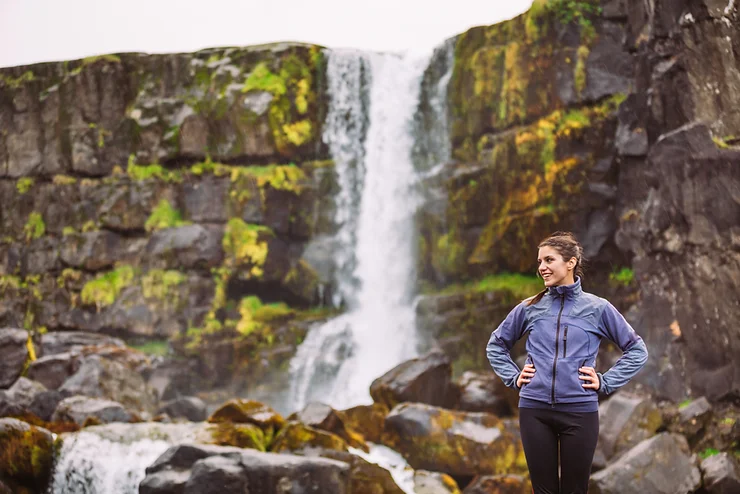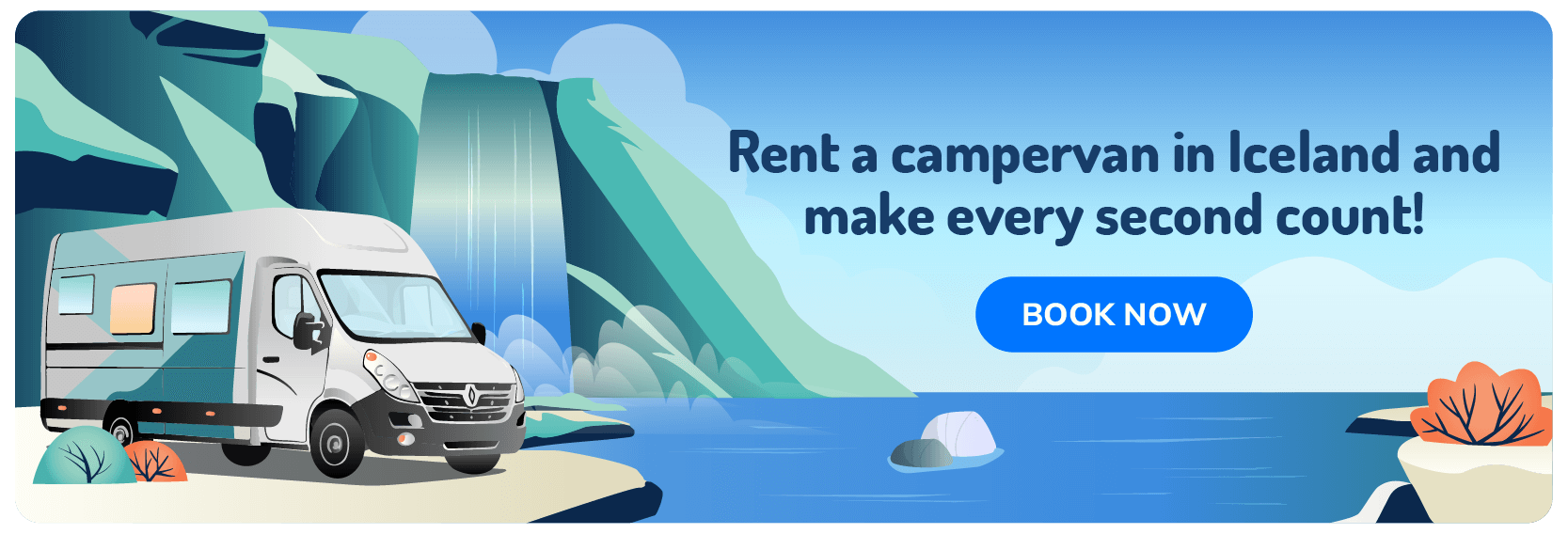With its wild beauty and a population that truly values nature, Iceland has become a mecca for outdoor enthusiasts. In fact, with its vast tracts of pristine countryside, the whole of the island could be considered one big nature reserve. Out-of-this-world geological formations, plentiful hot springs and outstanding scenery greet visitors at every turn.
There are three main national parks in Iceland – Thingvellir, Snæfellsjökull and Vatnajökull. In addition there are a wealth of nature reserves and protected areas right across the country. These three national parks have been singled out as places of exceptional natural beauty, and both historical and natural importance.
In this article we’ll look a little more in depth at the country’s main national parks and what makes them so special.
Thingvellir National Park (þingvellir)
This is the big hitter! Iceland’s very first national park was established in 1930 and designated as a Unesco World Heritage Site in 2004. No one should visit Iceland, even on a city-break to Reykjavik, and not come for at least a day trip in Thingvellir.
This outstanding national park is just 40km from the capital, so it’s more than easy to visit it on day tours. Combined with the Gullfoss Waterfall and the Geyser Geothermal area it makes up part of the classic Golden Circle tour. Also known as the Golden Triangle with its three main sights.

Covering an area of almost 36 square miles, the park is home to the dramatic meeting of two tectonic plates. The Eurasian and North American plates meet in Thingvellir Lake and are, in fact, drifting apart at a rate of about 2cm a year. One millennia soon Iceland will become two separate islands!
The amazing Silfra fissure is the only place in the world where it is possible to go scuba diving between two tectonic plates. Diving or snorkelling here is an incredible experience with crystal clear waters and all sorts of underwater channels to explore.
As well as its natural beauty and geographical significance, Thingvellir is also highly important historically. This is the site of Iceland’s very first Viking parliament, dating back to 930 AD. Ancient structures can still be seen dotted around its timeless landscape.
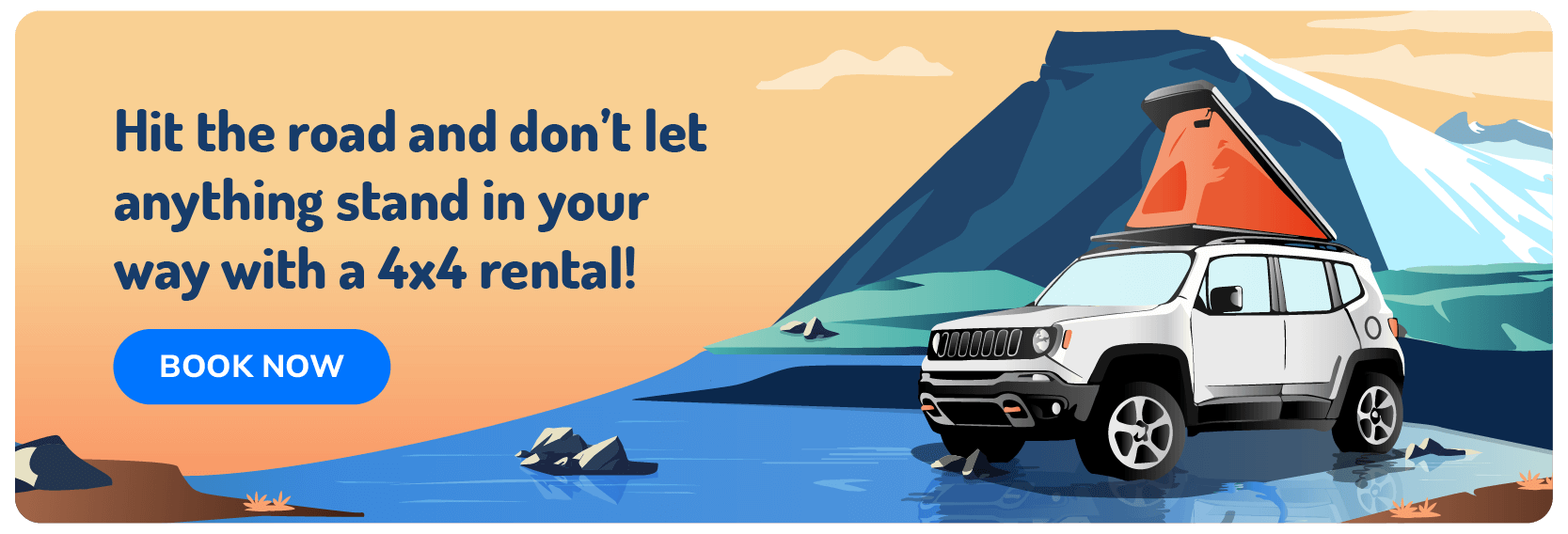
The parliament sessions, known as Althing, were conducted in the open air. Official business was carried out here until around 1800. After this there was a pause, before parliament moved proceedings to Reykjavík. The setting is outstanding, with a deep rift valley carving through the park, rushing rivers and tumbling waterfalls.
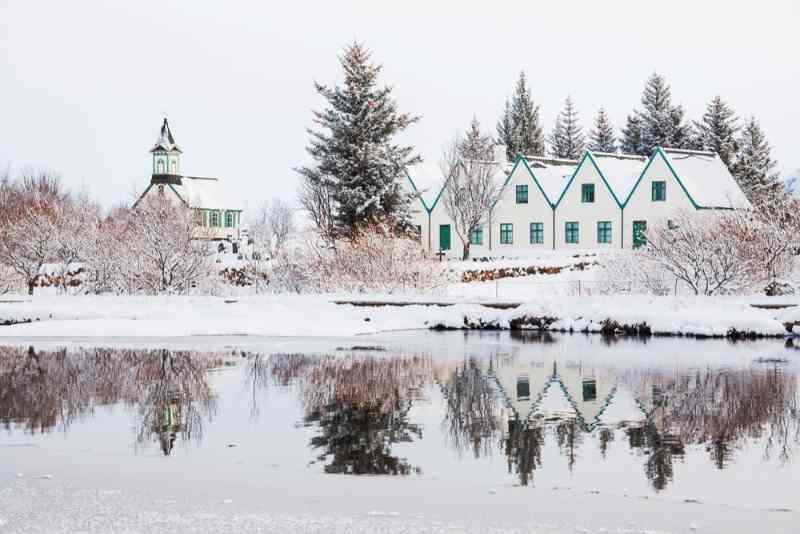
Snæfellsjökull National Park
The icy Snæfellsjökull peninsular reaches out into the North Atlantic Ocean towards Greenland. The national park of the same name takes up a large western portion of the peninsular. At its tip is a 700,000-year-old glacier topped volcano. Sounds impressive, doesn’t it?
Well, believe us, it is. Snæfell means snow mountain, and that is how the peninsular originally got its name. Rising up to nearly, 1500m, the distinctive peak of the volcano can sometimes be seen way across the bay from Reykjavík.
Along the coastal stretch of the park there are rugged black sand beaches and lava fields to explore. Outlandish rock formations abound and it’s a photographer and geologist’s paradise. This remote corner of Iceland is home to all sorts of protected flora and fauna, including precious bird and marine life.
In fact this is one of the best locations in Iceland for whale watching tours. These giants of the ocean come to the waters of the peninsula from late May, and on through the summer months.
This beautiful part of the country has long been connected to mysterious tales of supernatural forces. But it shot to fame as the setting for Jules Verne’s fantastical novel ‘Journey to the Centre of the Earth’ in the 19th Century. This fantastical science fiction story saw the lead characters descend through volcanic tubes beneath Snæfellsjökull volcano. Along the way they encountered all sorts of adventures before eventually emerging out of a volcano in Southern Italy!
Snæfellsjökull is a wonderful scenic park to spend time in. Some people say it is like a microcosm of the whole country with a huge variety of scenery in one, relatively small area. With a glacier, a volcano, waterfalls, lakes, dramatic coastline, shipwrecks and lava tubes, it’s easy to see why.
There is also a series of characterful fishing villages strung along the coast where you’ll find great hotels and campsites. Hiking the coastal paths is a delight and if you’re a seasoned hiker you might like to tackle the snowy mountain itself and see the glacier peaks and crater up close.

Vatnajökull National Park
The largest national park in Iceland, and in fact one of the largest in Europe, Vatnajökull is vast and spectacular. Encompassing a staggering 14% of the country, it is home to varied and beautiful landscapes, including the entirety of the Vatnajökull ice cap. Formally two separate reserves, they were combined to form one huge national park in 2008. Since then, further areas have been added and it now covers an impressive 14,141 kilometres squared.
There are five visitor centers within the park and innumerable places to explore. Its furthest reaches and icy highlands can only be reached via snowmobile in winter or 4x4 trucks. But there are plenty of sections easily explored from the classic Ring Road route that loops around Iceland.
There are campsites within the park too, so forget about day tours and stay within the parks boundaries instead. You’ll get that unparalleled experience of waking up surrounded by nature. Away from city lights Vatnajökull’s campsites are also great places from which to see the Northern Lights. If you travel the Ring Road in spring, autumn or winter, then definitely include a few days here in your itinerary. Either in a campervan or if you’re tent camping (not in winter though!) you’ll have a great chance of seeing the aurora borealis in all their glory here.
As well as the colossal Vatnajökull ice cap you’ll find soaring mountain peaks and glowing blue glaciers. The whole park is awash with an incredible variety of geological formations created by the elemental forces of nature. Iceland’s largest river the mighty Jökulsá á Fjöllum flows out of the Vatnajökull Glacier too.
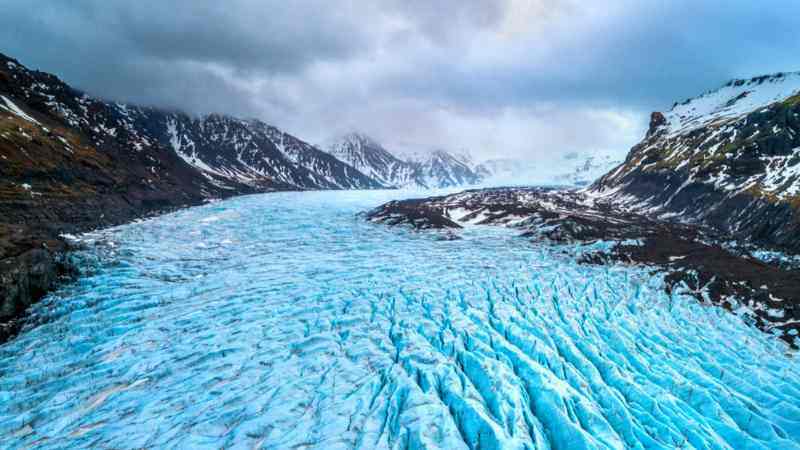
Along its winding route to the Greenland Sea it tumbles over many beautiful and powerful waterfalls, including the Selfoss and Dettifoss, This national park is a wonderfully pristine place that protects much of Iceland’s sparse wildlife within its broad boundaries. Expansive wetlands in the east are home to pink-footed geese and reindeer.
Varied birdlife live throughout and beautiful mosses and lichens abound. Camp and hike in the south or delve further into the icy realms of the north. Whatever you choose to do any trip to Vatnajökull is sure to be unforgettable.
